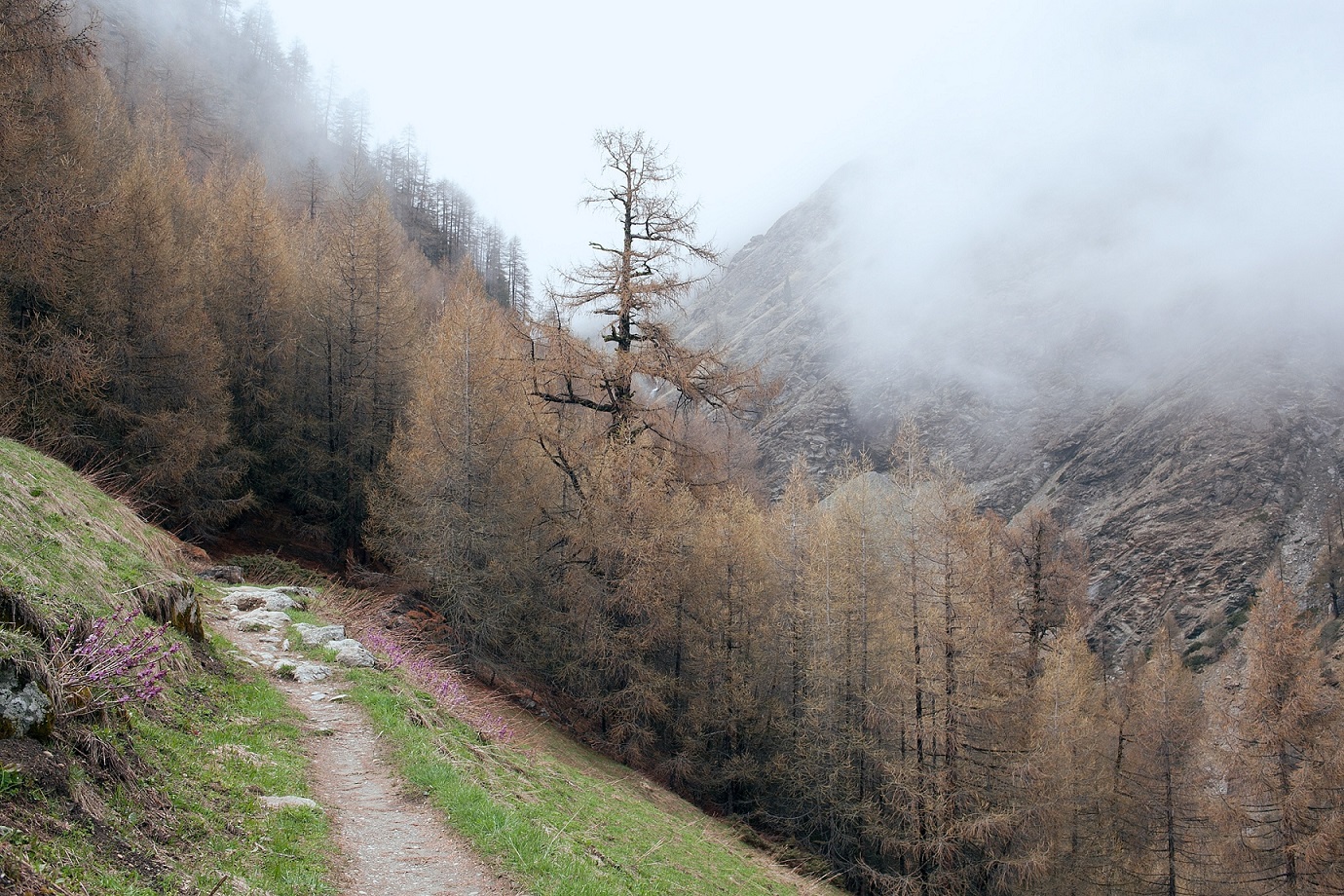Throwback Thursday: From the Vault
This Saturday is National Trails Day, “a celebration of America’s magnificent Trail System.” It is a day set aside to highlight America’s 200,000 miles of trails and the thousands of volunteer hours spent caring for them each year. Yet all is not well.
Here in the West, trails are used every day for everything from hiking, to horseback riding, to dirt biking. This use combined with natural deterioration has left many trails in rough shape, and public land agencies are struggling to maintain them. Region 1 of the U.S. Forest Service encompasses 25 million acres over five northern states and relies heavily on congressional appropriations for funding. The 12 national forests in Region 1 face $25 million in deferred maintenance for recreation projects, with no additional funds available to address the problem in upcoming years. There are 28,000 miles of trails in this area, but the trail maintenance budget is taking a 30 percent cut and workforce capacity continues to decrease.
Even with volunteers and events such as National Trails Day, trails are in trouble. One potential solution is to charge recreational fees on public lands. The ability to charge and retain user fees can be an important tool to improve recreation management because it can provide agencies with much-needed funding without relying on uncertain government appropriations. Many argue that because public lands are paid for by taxes, recreation fees amount to unfair double taxation.
However, as J. Bishop Grewell argues in Recreation Fees – Four Philosophical Questions, taxes and fees pay for different things. Taxes cover the “public good” aspects of public lands – the amenity values. Fees, on the other hand, cover the “private good” aspects – the recreational use or consumptive values.
Some people who will never see public lands still want to know that the lands exist. This ‘public good’ aspect tends to justify tax support of the lands. Meanwhile, fees pay for the ‘private good’ aspects of public lands – the consumption of recreation by visitors to public lands.
A hybrid system of fees and taxation can be found in areas other than recreation. For example, supporters of public transportation assert that the government provides a public good by reducing congestion on highways and lowering pollution, thereby justifying subsidies for construction and operation of transit systems. But fees are charged for anyone who wants to ride the BART in San Francisco, the Metro in Washington D.C., or the subway in New York, because users of public transit are receiving a private good in the form of transportation. If fees were not charged, it would be unfair to people who never ride public transit and, in addition, the transportation would undoubtedly be overused.
Fears that fees would reach hundreds of dollars per person are not supported by fact. Yellowstone National Park costs some $41.7 million to operate and maintain each year, with park officials claiming another $13.3 million is needed for one-time investments and capital expenditures during the year. This adds up to a total annual cost of $55 million to run Yellowstone. With three million annual visitors, the Park could charge a lone entrance fee of $20 per visitor – not the hundreds of dollars per visitor contended by opponents – and still have $5 million left over each year to tackle its maintenance backlog.
The higher price of $20 per head per visit (compared to $20 per car for a week) might reduce visitation, but so far the increases in fees from the Fee Demo program have not done so. This may be because services have improved and visitors are getting more for their dollar. (It may also result from the fact that access fees remain a small fraction of overall travel costs…)
Places where the Forest Service has adopted user fee-based approaches to recreation have improved recreation outcomes. While forest managers throughout Region 1 are struggling to maintain trails with shrinking budgets, one area has implemented an alternative model to ensure trails are cared for. Lolo Pass, a popular recreation area in Region 1, charges user fees and partners with local groups to overcome its funding shortfalls. Income from the sale of winter recreation passes ($5/day or $20/season) helps cover the costs of trail maintenance for grooming cross country skiing and snowmobile trails. The managers of Lolo Pass have also partnered with non-governmental organizations to help take care of ground work. As a result, winter trails are well groomed and Lolo Pass managers can continue to provide an extensive trail network without having to rely on unstable government funding.
As we get out and enjoy National Trails Day, whether wandering down a trail or digging in a shovel for trail maintenance, keep in mind the private benefits of trail consumption. Dependent on congressional appropriations and politics, land managers face maintenance backlogs and insecure trail budgets. And there are not enough volunteers to keep up with trail needs. Allowing land managers to charge and retain maintenance fees is one step towards helping land agencies to help themselves. This National Trails Day let’s find innovative approaches to ensure our trails are maintained for many years to come.




